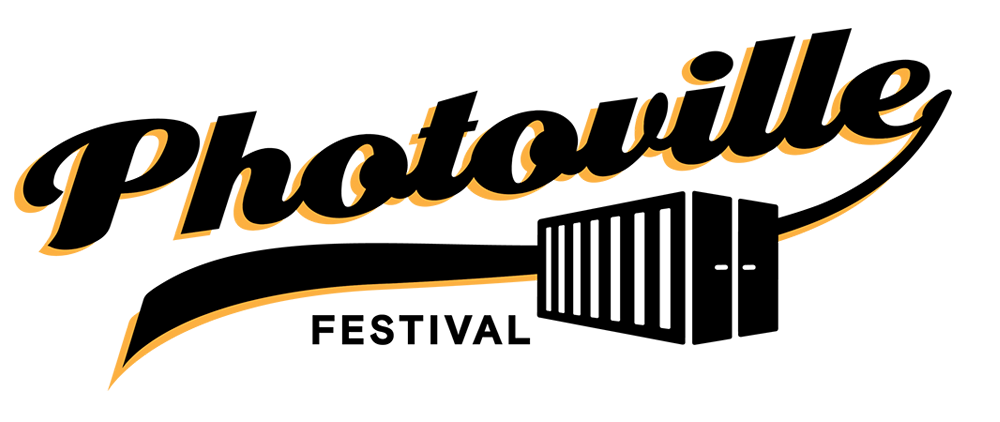

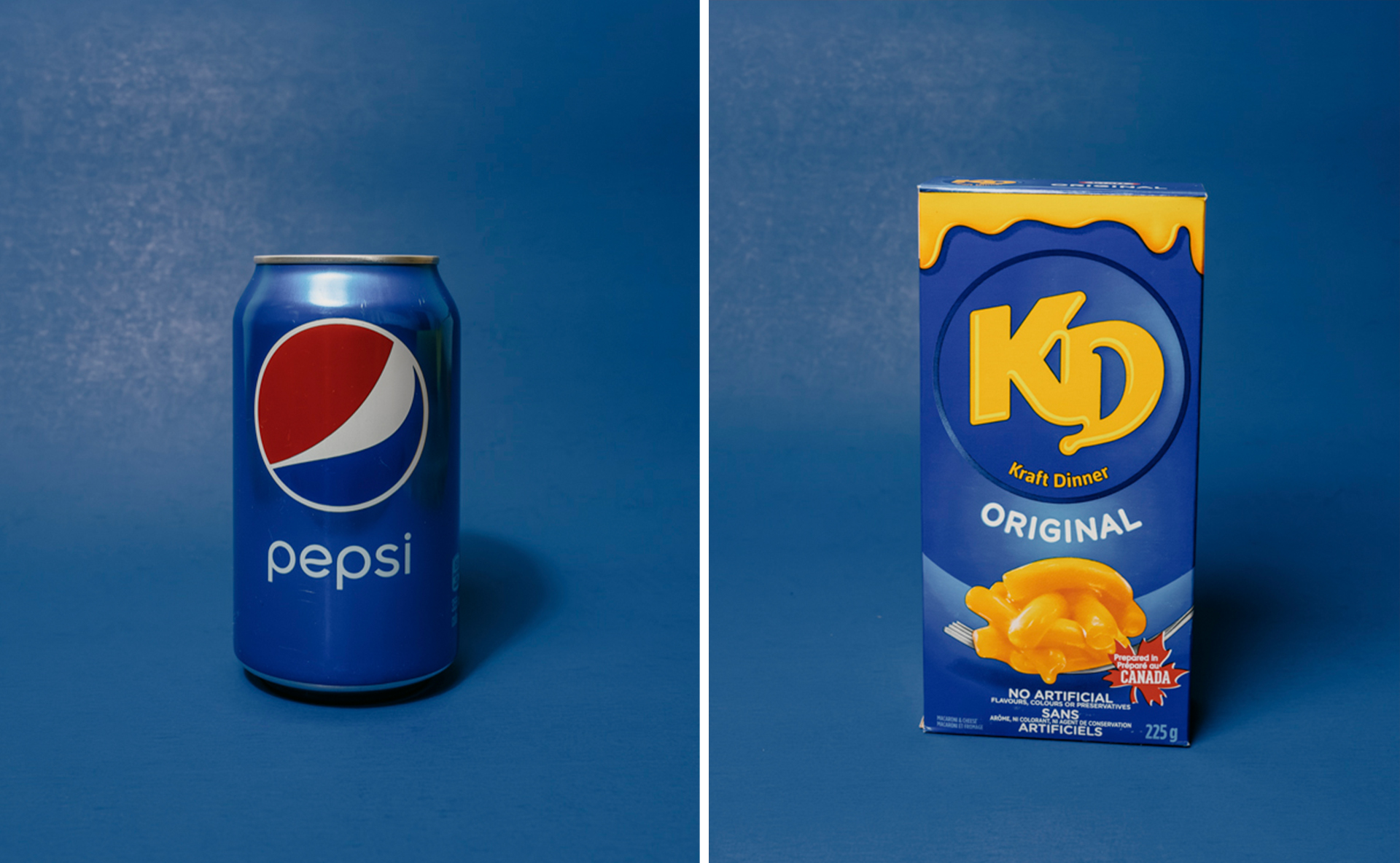
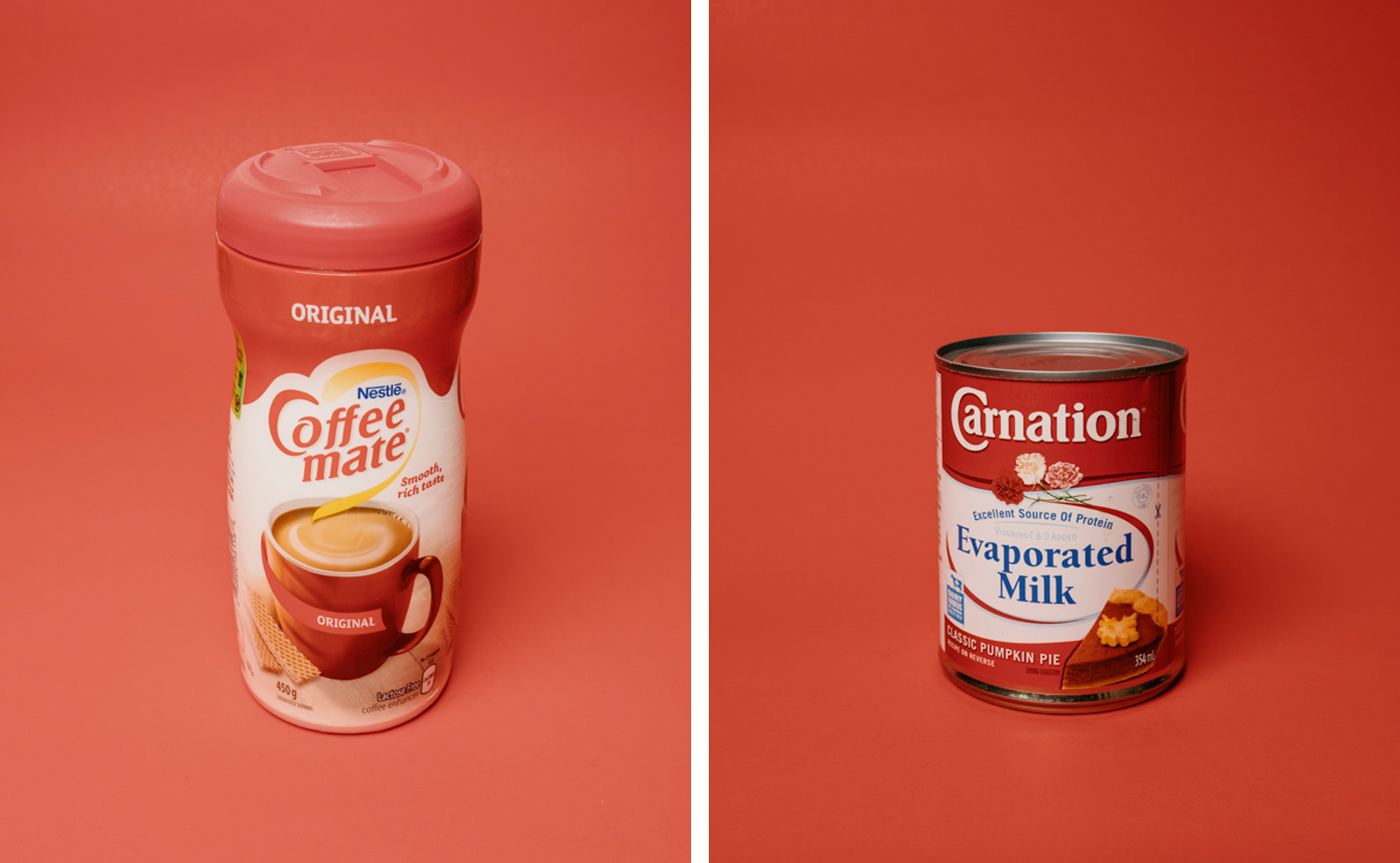
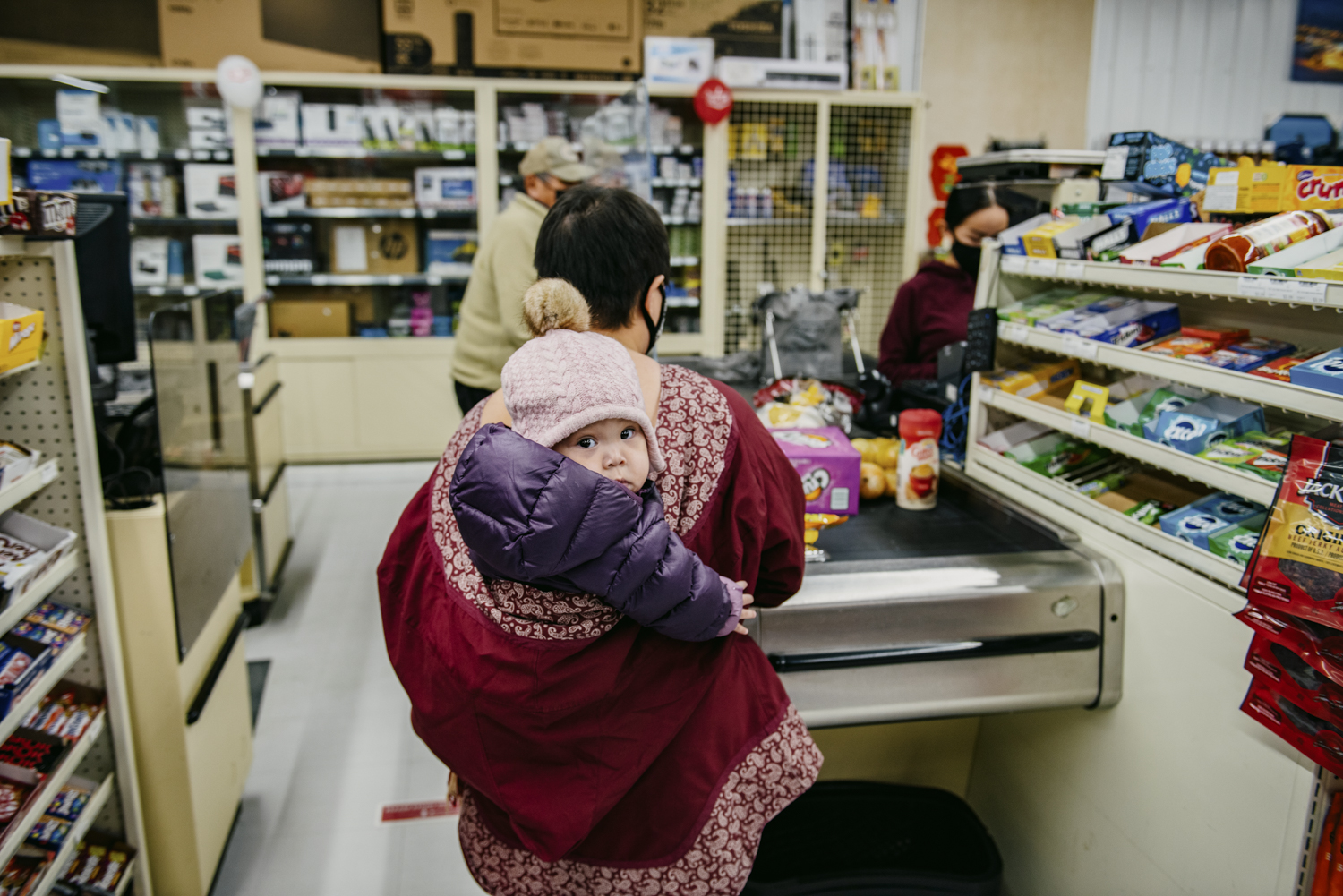
Inuit and First Nations people in Northern Canada are among the world’s great hunters who have provided food for their people for thousands of years. Since colonization and the introduction of grocery stores, Indigenous people’s relationship with food has drastically changed. Today, more than half of the residents in Nunavut are not able to access nutritious food. Hunting, which is healthier and more culturally appropriate, is under funded and increasingly difficult to do because of climate change.
The introduction of grocery stores has led to a disconnection from traditional ways of life and family roles, which in turn has lead to malnutrition, obesity, tooth decay, and depression. Many of these groceries were intended for people living in camps and produced to have a long shelf life. Today, those “camp life” buying habits still exist as people must often buy food for many generations of family living under one roof, not to mention that most produce is spoiled by the time it reaches grocery stores.
There is a brand loyalty to many of the canned or boxed goods you find throughout the Arctic: many Northerners are very specific about what staple groceries you buy for the home or bring to a camp. It is not unheard of to be scolded or sent back to the store if you were to buy Kikkoman soy sauce as opposed to China Lily.
Artist Bios
-
Pat Kane
Pat Kane is a visual storyteller based in Yellowknife, Northwest Territories, on the traditional land of the Yellowknives Dene First Nation.
He takes a documentary approach to stories about life in Northern Canada, with a special focus on issues important to Indigenous people, including the relationship between land and identity.
Pat is a National Geographic Explorer, and a former mentee of the World Press Photo Joop Swart Masterclass. His work has been published by National Geographic, The New York Times, World Press Photo, The Atlantic, The Globe and Mail, and other media worldwide.
Pat is of Irish-Canadian and Algonquin Anishinaabe ancestry, and is a member of the Timiskaming First Nation.
He’s part of the photo collectives Indigenous Photograph and Boreal Collective.
Organizations
-

The Seaport
The Seaport is New York City’s original neighborhood, a maritime hub of history, culture, entertainment, and dining, located along the East River in Lower Manhattan. The neighborhood celebrates emerging and resident artists, local organizations, and community connectivity through its curated events & activations, including its public art program, Seaport Arts.
-
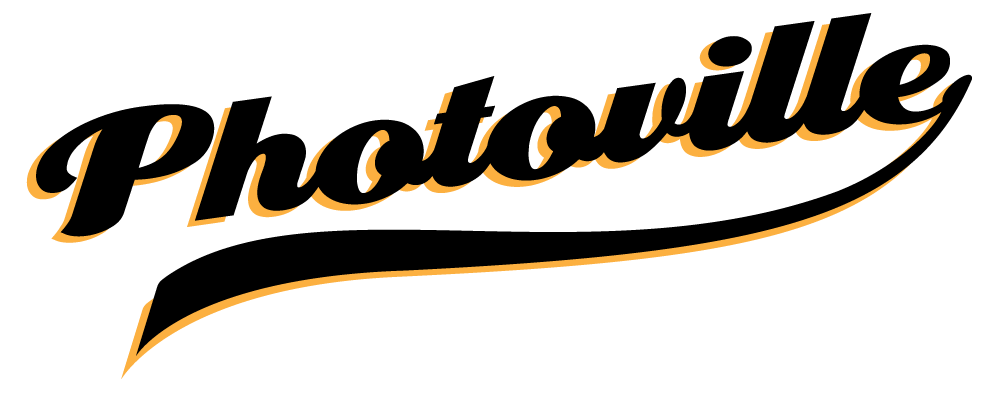
Photoville
Founded in 2011 in Brooklyn, NY, Photoville was built on the principles of addressing cultural equity and inclusion, which we are always striving for, by ensuring that the artists we exhibit are diverse in gender, class, and race.
In pursuit of its mission, Photoville produces an annual, city-wide open air photography festival in New York City, a wide range of free educational community initiatives, and a nationwide program of public art exhibitions.
By activating public spaces, amplifying visual storytellers, and creating unique and highly innovative exhibition and programming environments, we join the cause of nurturing a new lens of representation.
Through creative partnerships with festivals, city agencies, and other nonprofit organizations, Photoville offers visual storytellers, educators, and students financial support, mentorship, and promotional & production resources, on a range of exhibition opportunities.
For more information about Photoville visit, www.photoville.com
Brand Loyalty: The Hunt for Healthy Food in Northern Canada
Featuring: Pat Kane
Locations
View Location Details The South Street Seaport19 & 23 Fulton Street, as well as windows on the corner of Fulton & Front Streets
New York, NY 10038
This project was funded by The Trebek Initiative, a grant offered by the National Geographic Society and the Royal Canadian Geographical Society.
